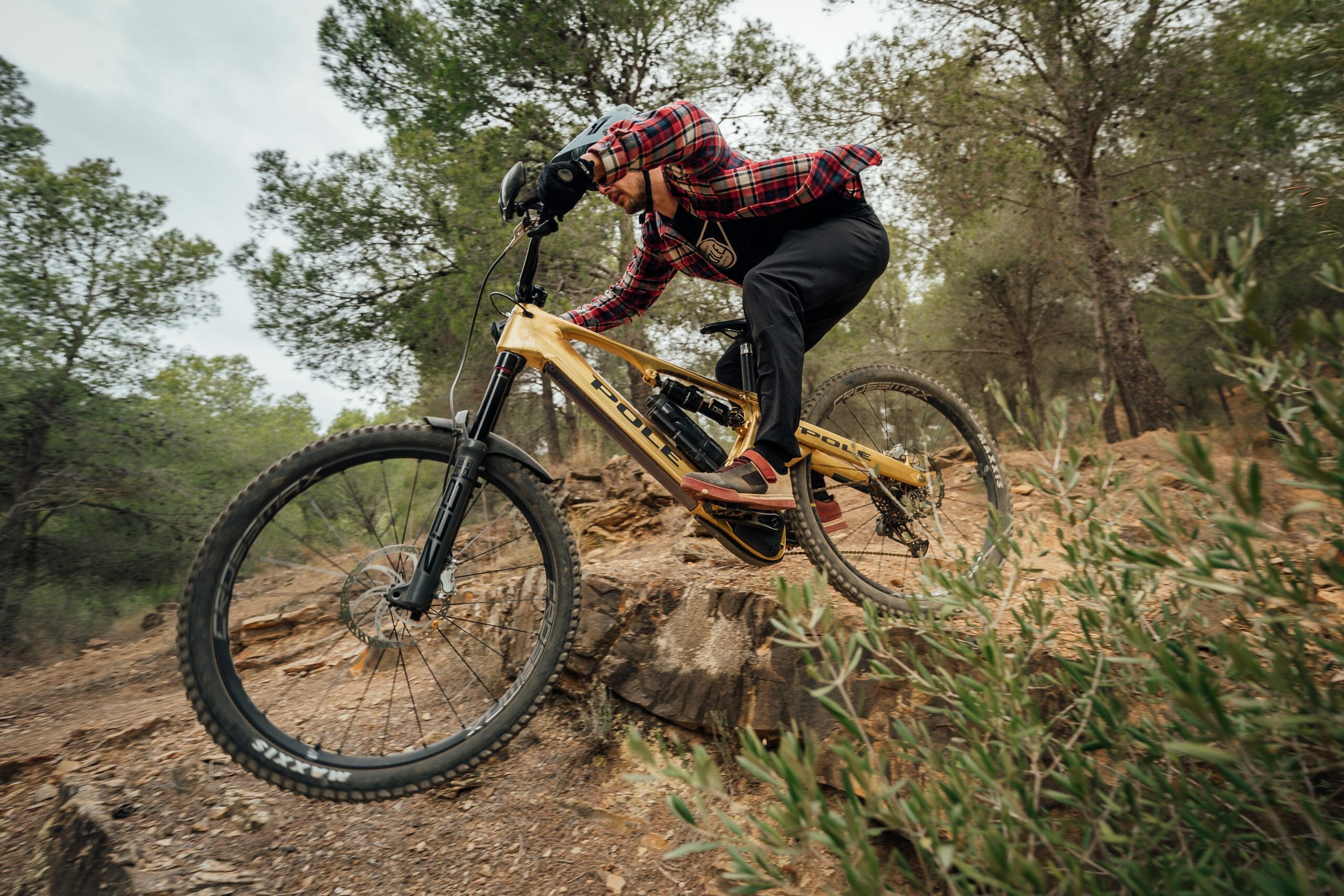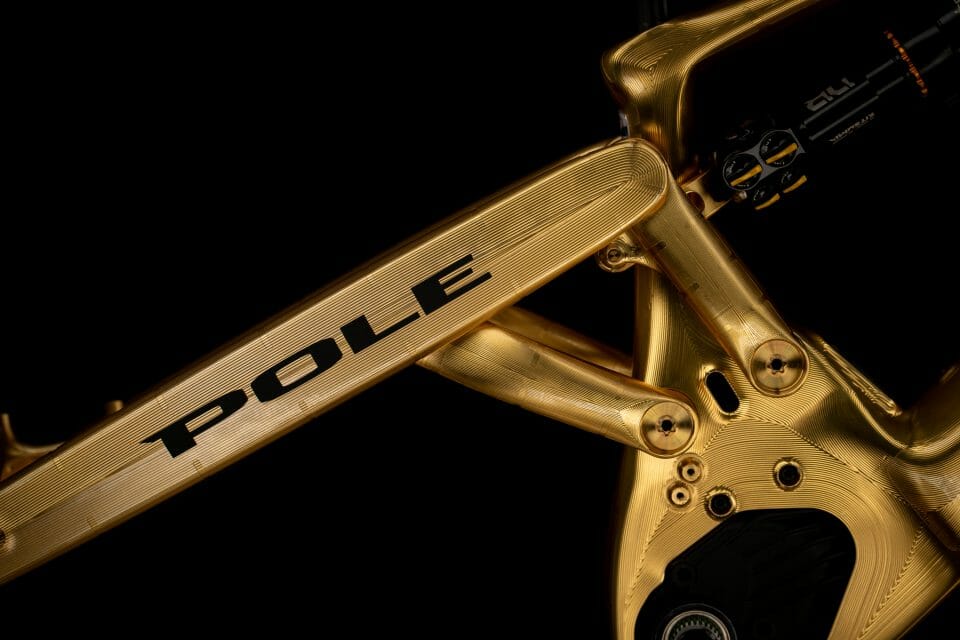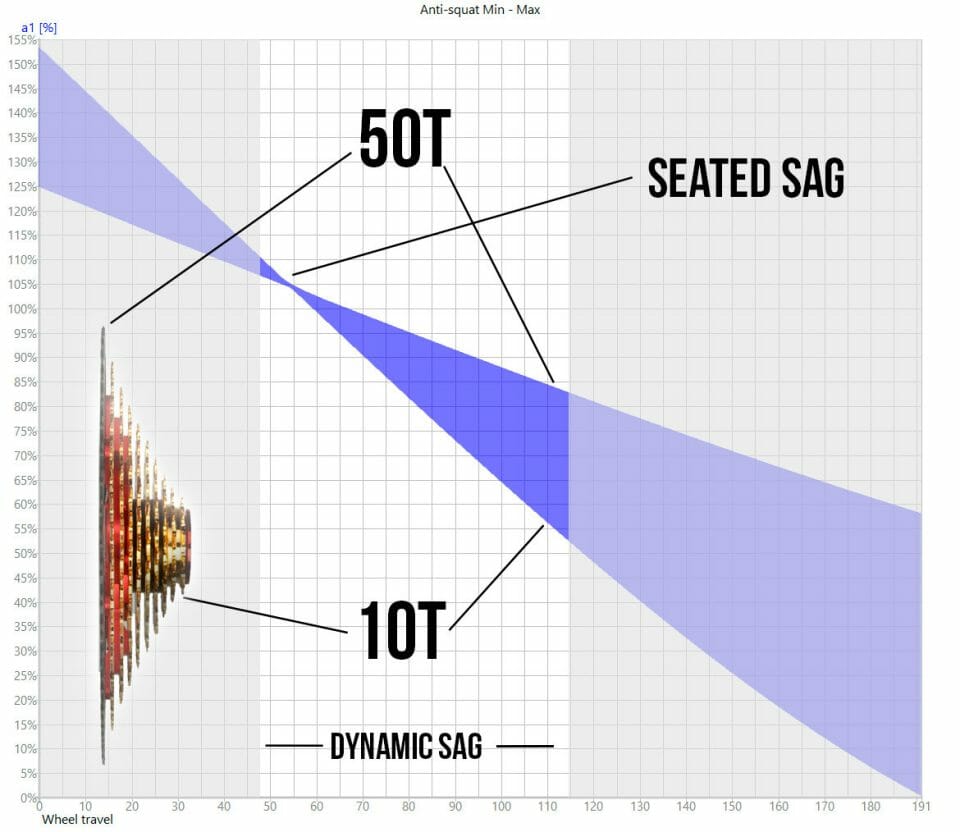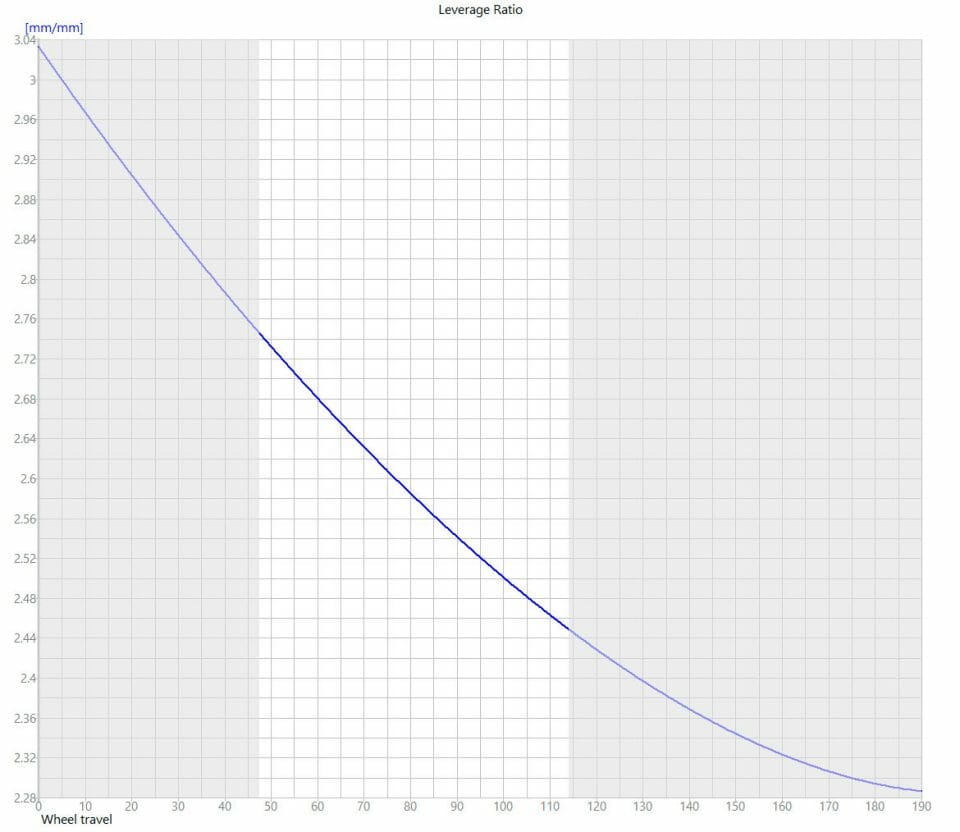
Sensei Suspension – Meet the New Master
Sensei: a headteacher usually of Japanese martial arts
“Your work will teach its maker,” Leo’s grandfather used to say – a talented self-learned craftsman.
The release of the Voima e-bike was accompanied by the introduction of a fully new suspension platform, called the SENSEI. We named our suspension SENSEI because of our relentless testing of different options and learning from them. Our research and testing is our teacher and that’s how we get better every time. Learning from mistakes, accomplishments, and adding grit to progress is what Finnish “sisu” is all about.
Developed over several years, it is the pinnacle of modern mountain bike suspension design. Let’s dive into why the Sensei is the new master on the block…
Why More Is More?
When it comes to suspension travel, here at Pole we think a bit differently from most. Often you’ll hear statements like that ‘short-travel bikes are playful’ and ‘more efficient to pedal.’ The former is somewhat true when it comes to maneuvering the bike around and having the bike react as quickly as possible to rider inputs. But it’s not so straightforward when it comes to the latter claim, though – something that we’ll be diving into soon!
190mm of travel might seem a bit excessive, don’t you think? On the contrary, when the preconceptions of frame design and old suspension technology from the past years are left out, it doesn’t seem that much of a radical idea. Previously anything over 160mm of travel was considered long-travel. When the suspension numbers got close to 200mm, the bike in question was a full-blown downhill bike or a ‘huck to flat’ monster machine. These types of bikes came with matching poor pedaling characteristics which were nothing to write home about.
What’s common with the long-travel bikes of the previous era are the bump-eating capabilities
and the potential for speed. More travel gives a bigger potential to absorb kinetic energy which means that you can ride into rowdier stuff faster! But If this ability can be achieved without any considerable compromises, what’s there not to like?
Enter Sensei
Highly efficient, the SENSEI suspension has highly efficient pedaling characteristics. SENSEI is much more than just a system for long travel applications that are only meant to be moved up the hill with the aid of a motor or a chair lift. On the contrary, SENSEI was developed and tested on a non-E-bike (or acoustic) bike to prove the platform.
A peek under the hood reveals what’s behind the highly efficient nature of the SENSEI suspension. Anti-squat hovers slightly over 100% at sag, no matter what gear you are in. We are pretty pleased to say that no other system has behaved in a similar manner. And it’s not a coincidence, as suspension kinematics design is an interplay of many interdependent variables.
The SENSEI anti-squat properties provide a solid platform for pedaling in all gears and also minimizes pedal-kickback. These features combined give a predictable suspension behavior and ride-feel which are the cornerstones of a high-performance suspension platform.
All business, no (lateral) play
Great attention to detail has been paid in honing the structural side of the SENSEI suspension platform. All the parts are manufactured with our proprietary manufacturing method which consists of milling aerospace grade 7075 T6 aluminum to the desired geometry with highly precise tolerances, and then bonding the parts together. The result is a hollow monocoque-like structure with a very high stiffness and strength-to-weight ratio. The rear of the bike has been stiffened by using double row bearings in the main pivot, and finally, all the pivots employ keyed axles – like the Dogbone rear end in the Stamina frames – which eliminates all unwanted movement between the joined parts. Thanks to cunning engineering the SENSEI suspension platform is laterally very stiff and tracks the chosen line like it’s on rails.
It is also worth noting that the SENSEI suspension is highly adaptable. As opposed to previous suspension layouts, the bottom bracket area is entirely free of pivots and linkages.
Bottomless Feel
Even the longest suspension travel is no use if it’s not controlled. The SENSEI suspension platform uses every millimeter as efficiently as possible – just what’s needed, no more, no less. This is ensured by carefully designing the leverage ratio to meet the desired requirements in all stages of the available travel.
- To provide unparallel sensitivity and traction, the first part of the travel starts with a high
leverage ratio of slightly above 3.0. - In the ever-important mid-stroke area the leverage ratio curve flattens out to provide
support for cornering and pumping. In this part, the suspension operates around 2.6
leverage ratio which is considered optimal for modern shocks. - When approaching the end of the travel the leverage ratio curve flattens out evenly to
provide bottom-out resistance. The exact leverage ratio in a full bottom-out is 2.28, hence
providing more than 30% of progression over the entire stroke!
The carefully designed kinematics provide a bottomless feeling, rock-eating, and root munching suspension performance which is still quick to react when the power is applied to the pedals.
Hail the New Master
This is the essence of More Is More™ ethos. The extra travel found in the SENSEI suspension platform makes a more capable bike without compromising on weight or pedaling efficiency. Downhill bike capabilities and trail bike nimbleness all in one. More is more when it comes to suspension travel, and it’s directly proportional to the amount of fun that can be had on the bike.
With SENSEI you don’t need a large front chainring which is heavier and more prone to damage. It’s possible to use a 32t front chainring which allows better ground clearance and power delivery.
It’s claimed that a bigger chainring upfront creates less wear on the cassette. This is partly true. But moving from a 32t to 38t at 80 RPM, you can only upshift one cog at a time on the cassette. The speed with 38t on 80 RPM with 29″ and 10t in the rear is 42.1kph. On a 32t, the same value is 35.5kph. However, with 50t the speed difference is only 1,3kph.
Our research says it’s better to go with a smaller chainring. This avoids the common problem of breaking chains on E-bikes. The less power you need from the motor on uphills, the more battery range you will have and the less chain damage.
check out the Voima and Vikkelä range below;
https://polebicycles.com/voima/voima-models/
https://polebicycles.com/vikkela/vikkela-models/




